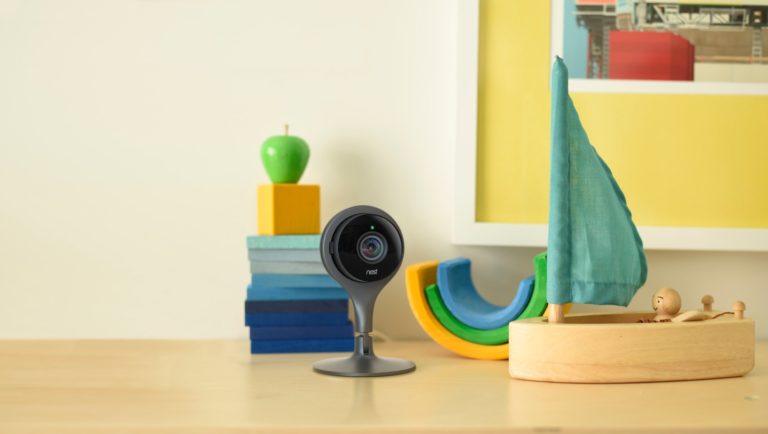
Google has announced it will discontinue software support for its first- and second-generation Nest Learning Thermostats later this year, marking a major shift in its smart home device strategy.
Effective October 25, 2025, the early Nest thermostats will lose access to app controls, voice assistant features, and all cloud-connected services. The devices, first launched in 2011 and 2012, will revert to functioning as basic manual thermostats.
“To fully invest in [future] advancements and bring you the most cutting-edge features on our latest generation of Nest thermostats, we will be transitioning away from supporting three of our oldest devices, each over a decade old,” Google said.
Register for Tekedia Mini-MBA edition 19 (Feb 9 – May 2, 2026): big discounts for early bird.
Tekedia AI in Business Masterclass opens registrations.
Join Tekedia Capital Syndicate and co-invest in great global startups.
Register for Tekedia AI Lab: From Technical Design to Deployment (next edition begins Jan 24 2026).
After the cutoff date, owners will no longer be able to control their thermostats remotely through the Google Nest or Google Home apps. Voice commands via Google Assistant and integrations with third-party smart home systems will also be disabled. Popular features like Home/Away Assist, which automatically adjusts temperature settings when users leave home, will cease functioning. Any existing integrations with devices like the Nest Protect smoke alarm, which could trigger emergency shutoffs, will also be severed.
Despite the withdrawal of smart features, the thermostats will not become completely inoperable. Users will still be able to manually adjust temperatures, heating and cooling modes, and rely on any pre-programmed schedules stored locally on the device. However, Google cautioned that without ongoing software and security updates, the hardware could suffer unpredictable performance declines over time.
Google’s move affects three specific models: the first-generation Nest Learning Thermostat released in 2011, the second-generation U.S. version from 2012, and the second-generation European model introduced in 2014. To ease the transition, Google plans to offer discount codes to affected customers, encouraging them to upgrade to newer models.
In the United States, eligible users will receive a $130 discount toward the purchase of the fourth-generation Nest Learning Thermostat, lowering the price to approximately $150. Canadian customers will receive a similar discount, while European customers — where Google has decided to withdraw the sale of new Nest thermostats — will be offered a 50% discount on a Tado Smart Thermostat X Starter Kit, an alternative compatible with the Google Home ecosystem.
The Nest Learning Thermostat was a revolutionary product when it debuted, popularizing the concept of smart climate control in homes. Designed by former Apple engineers Tony Fadell and Matt Rogers, Nest was founded in 2010 and quickly made a name for itself with a sleek, user-friendly design that could learn occupants’ behavior and optimize heating and cooling settings accordingly. Google acquired Nest Labs in 2014 for $3.2 billion, eventually folding the brand into its hardware division in 2018 under the “Google Nest” umbrella.
During its heyday, Nest sold millions of devices, with thermostats leading the charge. By 2018, more than 11 million Nest products had been sold worldwide. The early Nest thermostats set a new standard for smart home devices, helping to spark an industry-wide trend toward more connected living spaces.
However, Google’s smart home strategy has evolved in recent years, with the company discontinuing several Nest products, including the Nest Secure alarm system and Nest x Yale smart lock. The decision to end support for the early Nest thermostats fits into this broader pattern of phasing out aging hardware in favor of newer offerings more deeply integrated with Google’s evolving software platforms.
The looming shutdown will impact a significant number of users who have relied on their Nest thermostats for over a decade. While Google’s original commitment promised at least five years of support, the thermostats have far outlived that pledge. Some customers, however, are likely to be frustrated by the sudden loss of remote access and smart features, especially given that the devices continue to function reliably for basic needs.
Without app or voice controls, users will have to adjust settings manually at the thermostat itself. Smart features like automatic energy-saving adjustments, remote temperature alerts, and voice-activated changes through Google Assistant will vanish. While the basic heating and cooling schedules programmed into the thermostats will continue to operate, any adjustments to those schedules must be made manually.
Google has emphasized that while the devices will no longer be connected to its apps or servers, they will still perform essential temperature regulation tasks within the home. Yet without ongoing security updates, questions remain about the long-term viability of keeping the devices in service.
This announcement also underscores Google’s broader retreat from certain international markets. By opting not to continue selling Nest thermostats in Europe, Google is signaling a shift in focus, possibly to markets where it sees stronger growth opportunities or to devices that align more closely with its smart home strategy under the Google Home brand.
For now, customers with aging Nest devices are advised to check their eligibility for upgrade offers. Google has pledged to send direct emails to those impacted, providing instructions and discount codes.
Meanwhile, the company’s decision highlights the increasingly ephemeral nature of smart home technology, where even once-groundbreaking devices are ultimately dependent on the companies that control their digital lifelines.



